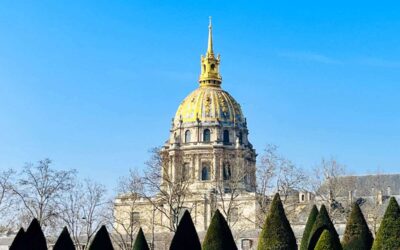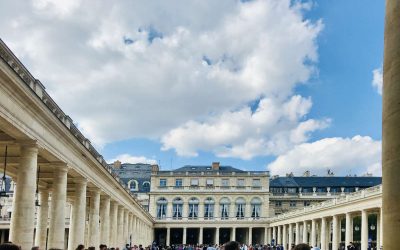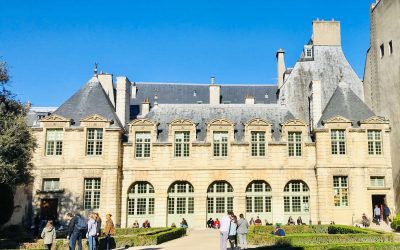France is a country with a rich royal history. While it may be a democracy today, it is dotted with centuries-old royal palaces that will simply take your breath away.
From the luxurious grandeur of Palais de Versailles to the fairytale beauty of Château de Chenonceau, many of these royal palaces still serve an important function. Most are open to the public, but some are still used for official government functions. So let’s have a look at the best royal palaces across France, shall we? Allons-y!
- 1. Palace of Versailles
- 2. Palais du Louvre
- 3. Château de Chambord
- 4. Château de Fontainebleau
- 5. Palais de la Cité
- 6. Château Royal d'Amboise
- 7. Château de Rambouillet
- 8. Palais du Luxembourg
- 9. Château de Blois
- 10. Château de Chenonceau
- 11. Château de Saint-Germain-en-Laye
- 12. Château de Vincennes
- 13. Palais Royal
- 14. Château de Chinon
- 15. Château de Tours
- 16. Château Royal de Cognac
1. Palace of Versailles
Any discussion of French palaces has to start at the Château de Versailles. The rise of the palace of the Sun King Louis XIV, followed by the eventual fall of his dynasty, the Palace of Versailles is a place filled with history and tinged with sadness.
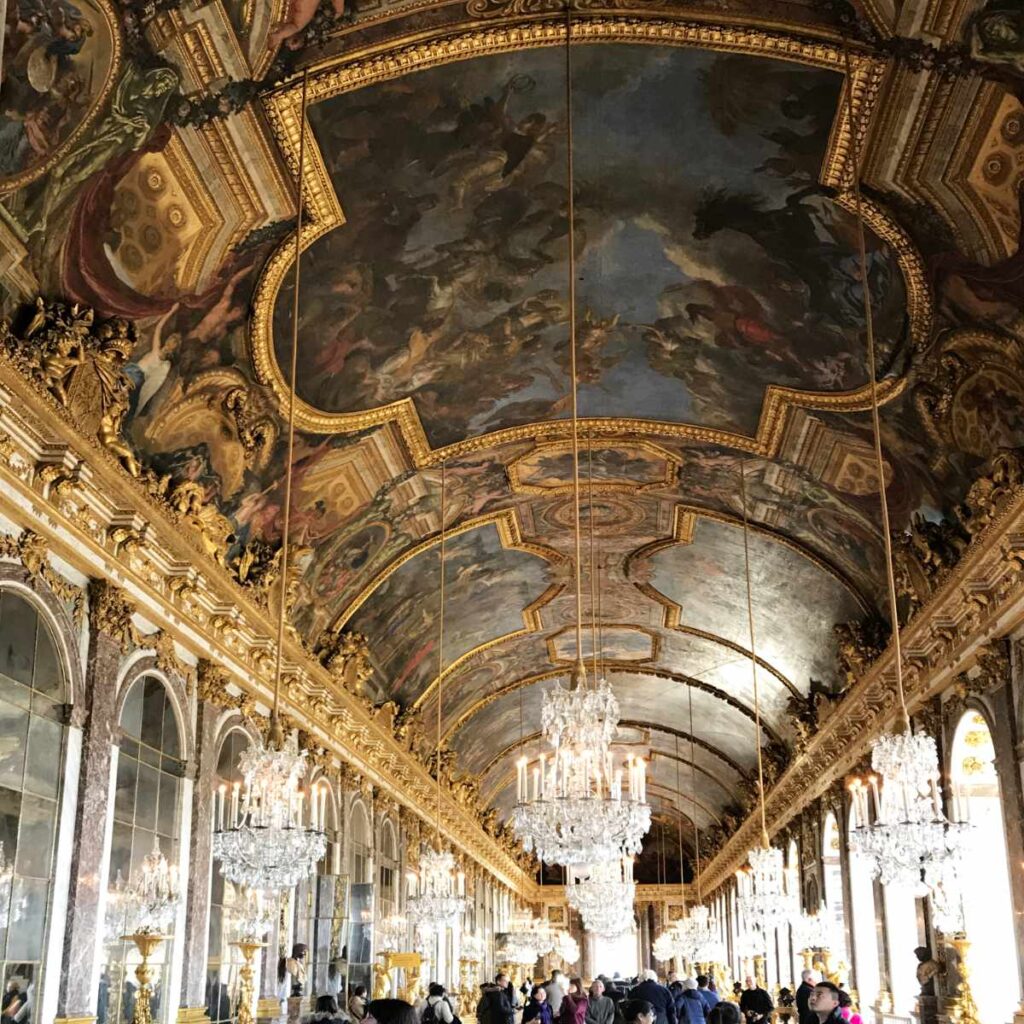
☞ READ MORE: French travel phrases you need for a trip to France
You can just imagine Queen Marie Antoinette walking through the famous Hall of Mirrors and the Petit Trianon, her private sanctuary.
The palace was ransacked during the French revolution, although many valuables were transferred to the Louvre Museum. Other royal property was sold at auction, where foreign kings and lords snapped it up.
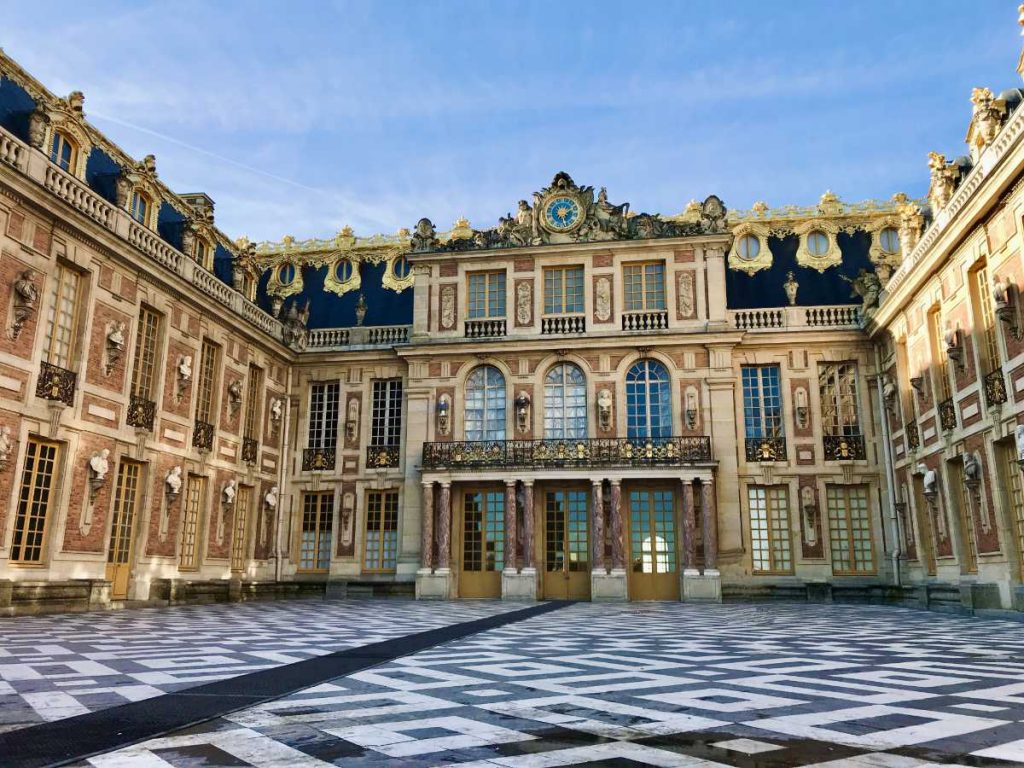
It was also overrun during both the 1871 Franco-Prussian war and WWII. Several international treaties were signed at the Palace, making it one of the most important buildings in France. Today, the Palace of Versailles is officially recognized on the UNESCO world heritage list.
Just outside the city, Versailles is a wonderful day trip from Paris. It does get quite crowded in the summer time though, so go early in the day to give yourself time to explore before the crowds arrive.
You can read more about visiting the Château de Versailles and its coach gallery here, and find tour companies to guide you through the palace in style.
2. Palais du Louvre
The Louvre Museum is today the world’s largest art museum, and a UNESCO historic monument. From paintings like Mona Lisa to sculptures by Michaelangelo, there is just not enough time to see the 35,000 pieces of art that are on display at the Louvre.
But this museum was once a royal castle and then palace. The fortress that became the Château du Louvre was initially built in 1190 French King Louis Auguste. It was built across from the historic Palais de la Cité on Ile de la Cité to control the other bank of the Seine river.

The new fortress of the Louvre on the Right bank of the Seine was intended to defend the wholesale food market Les Halles that was supplying the city against one of the traditional routes taken during invasions and raids since the time of the Vikings.
In 1528, French King François I brought down the Grosse Tour du Louvre in his push to bring the Louvre up to Renaissance standards. He made the Palais du Louvre his royal residence in Paris and ordered a large scale renovation in the Italian renaissance style, with ceremonial rooms, ballrooms, royal apartments and more.
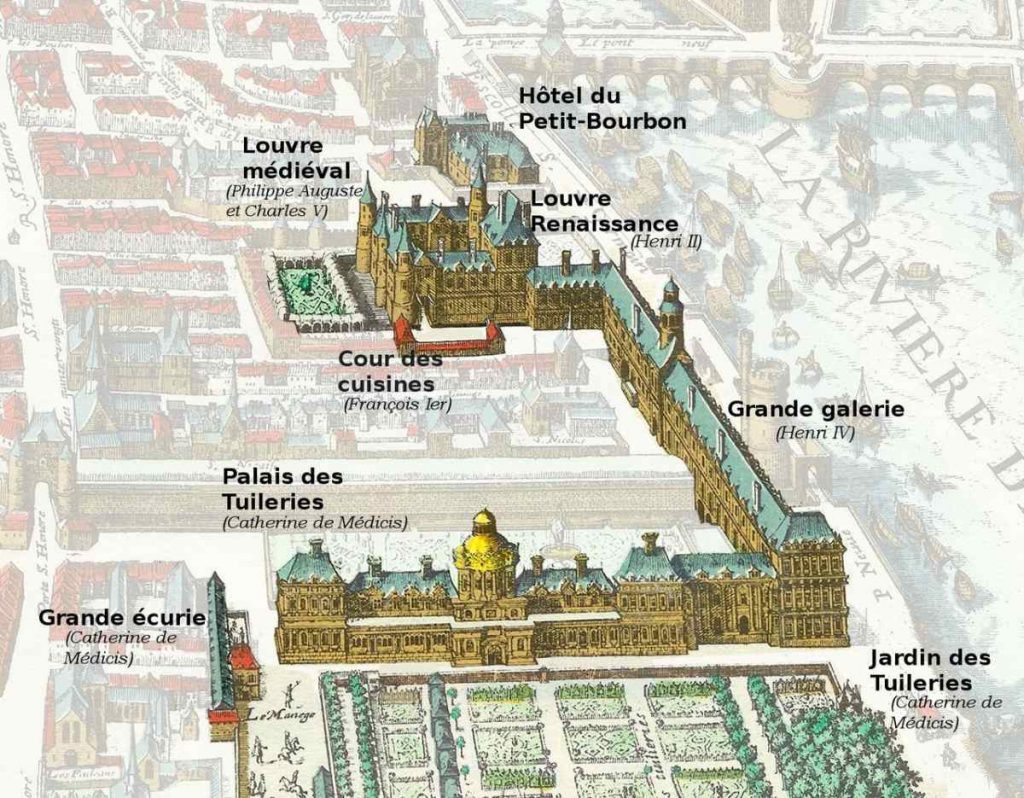
Several monarchs stayed at the Palais du Louvre, including future monarch Henri IV who stayed here after his wedding to Princess Marguerite, in what ended up being the St. Bartholomew’s massacre.
Further renovations by the French monarchs connected the Palais du Louvre with the Palais des Tuileries which was eventually destroyed in a fire set during the Paris Commune protests in 1871.
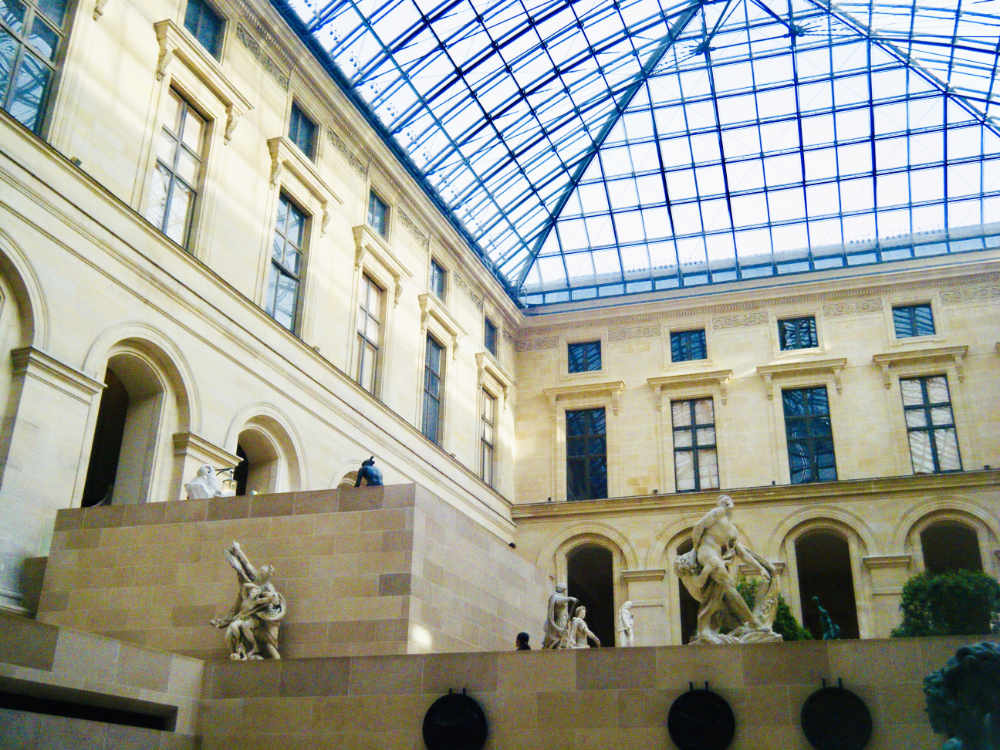
The Louvre was eventually converted to a museum as the royals preferred palaces outside of crowded Paris.
With objects ranging from Egyptian antiquities to European art, the Lourve museum has to be on the bucket list of any first-time vistor to Paris. If you do plan on visiting the Louvre, you can read more about the works of art you shouldn’t miss at the Louvre here.
3. Château de Chambord
The largest and arguably most famous château in the Loire Valley has to be the Chateau de Chambord. It was constructed by King François I at the height of the renaissance and meant to impress.
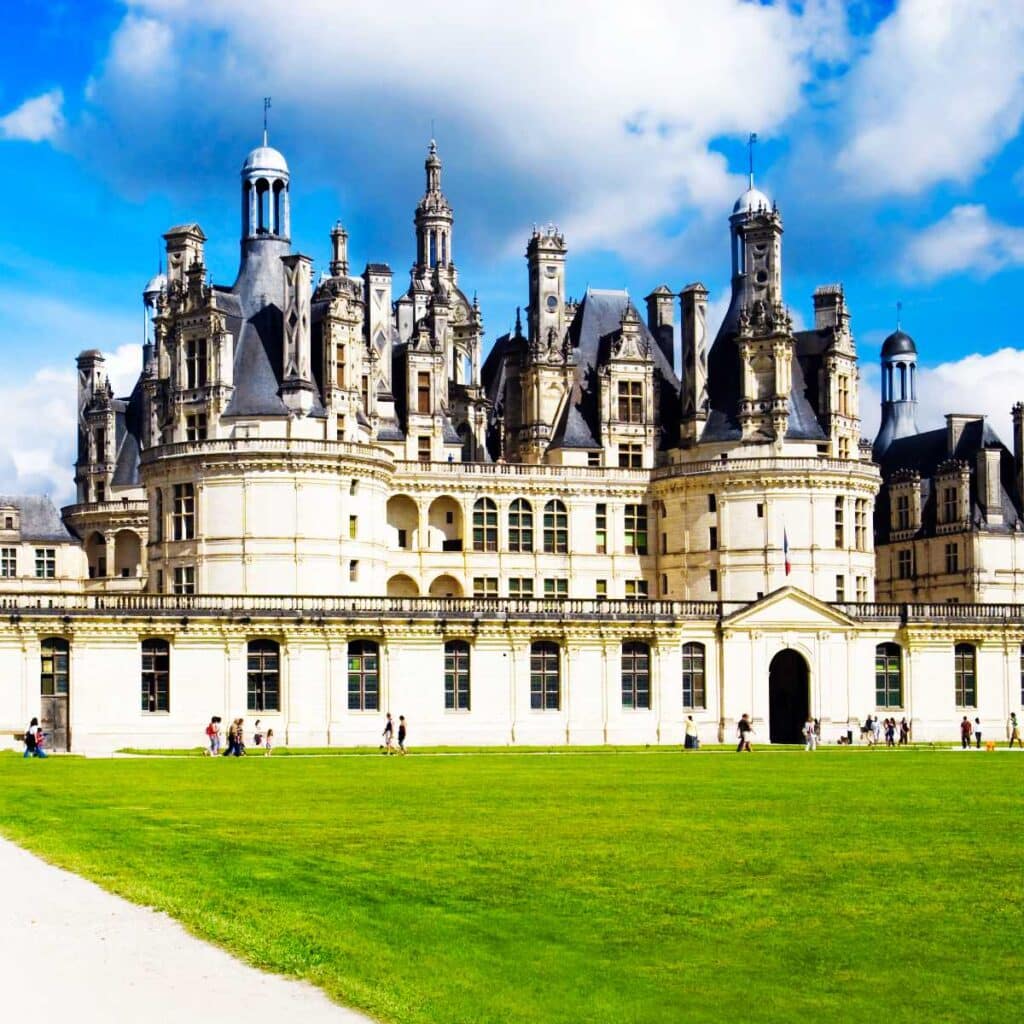
With rumors of involvement from François’s artist-in-residence Leonardo da Vinci, this is a château that is an engineering marvel.
In the center is the stunning double-spiral staircase where the stairs ascent and cross one another, so that though people on opposite stairs may see each other by small loopholes, but only meet when they land on opposite sides of the same floor.
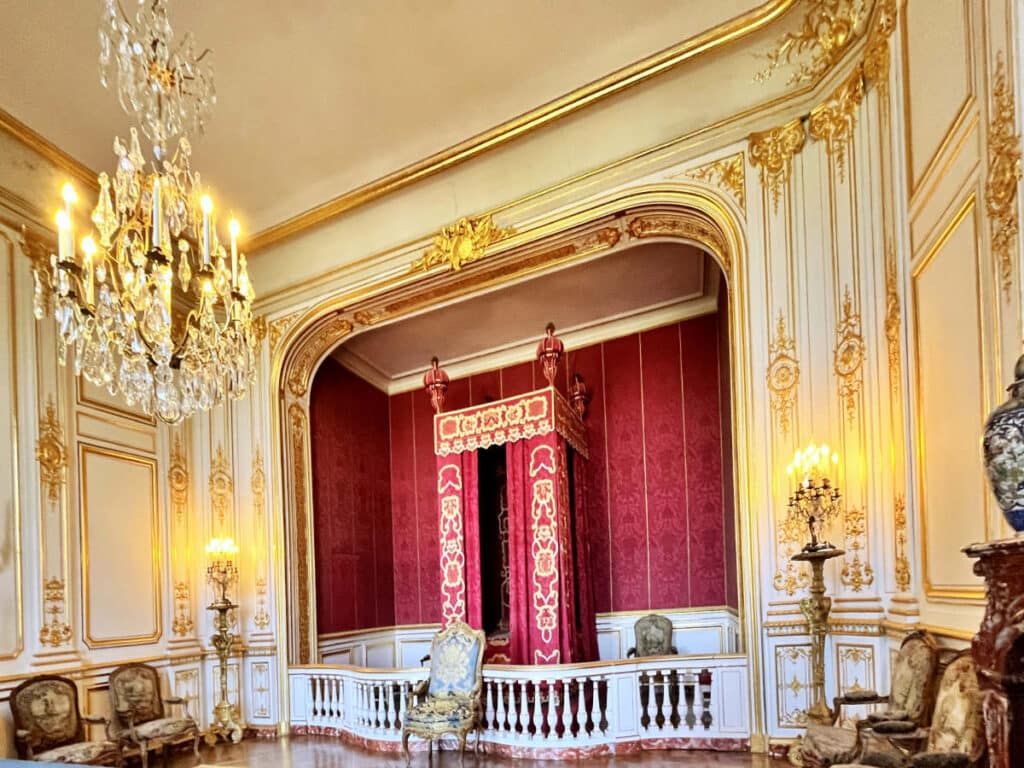
However, the Château de Chambord was never completed under François Ier’s reign, and he only stayed here around 50+ days during hunting parties.
The Château underwent several renovations, but was never one that was every really lived it. It remained in rather dire straits until the 20th century when restoration works began in earnest to turn it into museum.
During WWII, the château was used to hide famous artworks from the museums in Paris, including the Mona Lisa from the Louvre. You can read more about visiting the Chateau de Chambord and find guided tours to the Château here.
4. Château de Fontainebleau
In the words of Napoleon Bonaparte, Château de Fontainebleau was “the true home of kings, the house of ages.” While the glamorous Château de Versailles was a bit of a party palace, Château de Fontainebleau was the original working Palace, constructed centuries earlier.
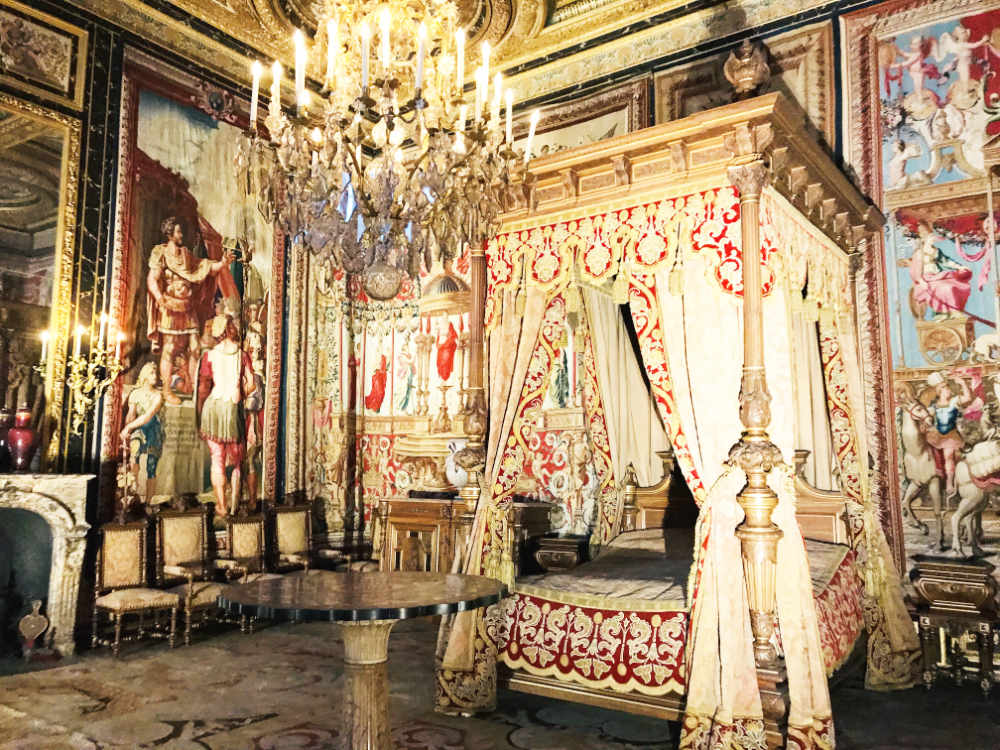
Further away from Paris than Versailles, Fontainebleau was originally constructed as a hunting lodge. Today it houses two exhibitions, both on larger-than-life French Kings: François I and Napoleon Bonaparte.
You can read more about Château de Fontainebleau here, and find recommended tours from Paris.
5. Palais de la Cité
Officially known as the Palais de la Cité, this historic castle fortress today attracts millions of visitors from around the world. It earned the nickname of the Conciergerie because it is here that a new royal position was created in the 12th century within the palace.
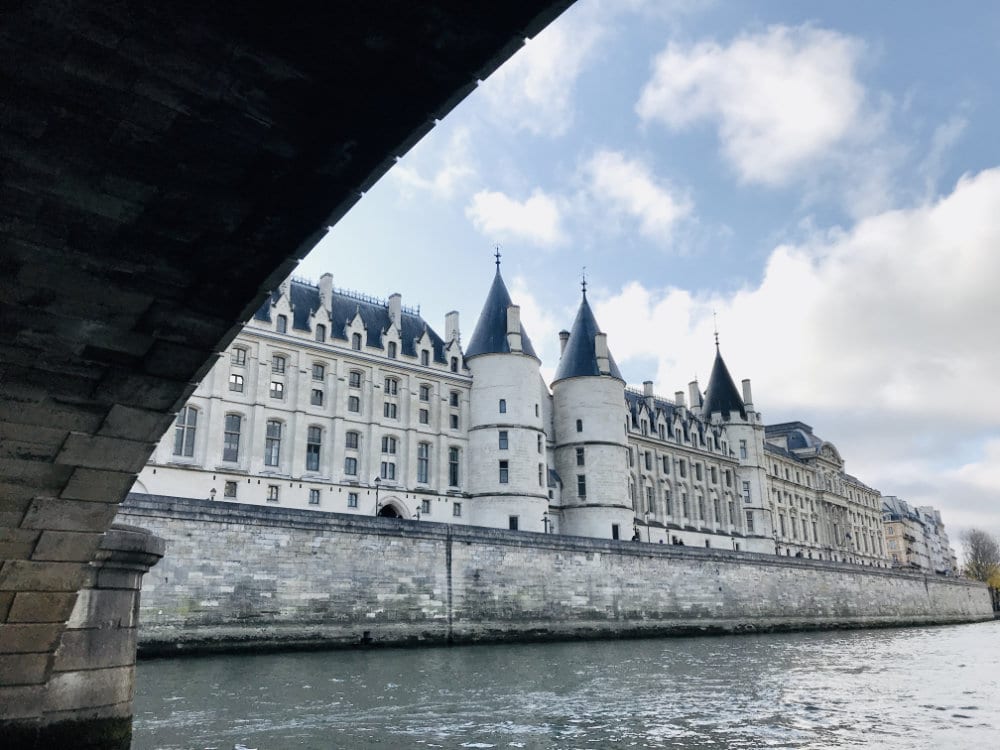
One of the oldest buildings in Paris, this was once a royal residence and the main power base of the French Monarchs in Paris. It would eventually become a prison.
During the Iron age between 250 and 225 BC, a sub-tribe of the Celtic Gauls, called the Parisii settled on the banks of the Seine. They began to build a type of walled fort called an oppidum here in the 2nd century BC.
After the Romans and the Franks continued to fortify the island, it would be the Capetian Kings (Hugh Capet and his descendants) who would return to Ile de la Cité as their base in the 10th century, and turn the old fortress into a palace.
The walls were reinforced, gates constructed, and large halls added, as the palace became the seat of administration, with each generation expanding and reinforcing the palace.
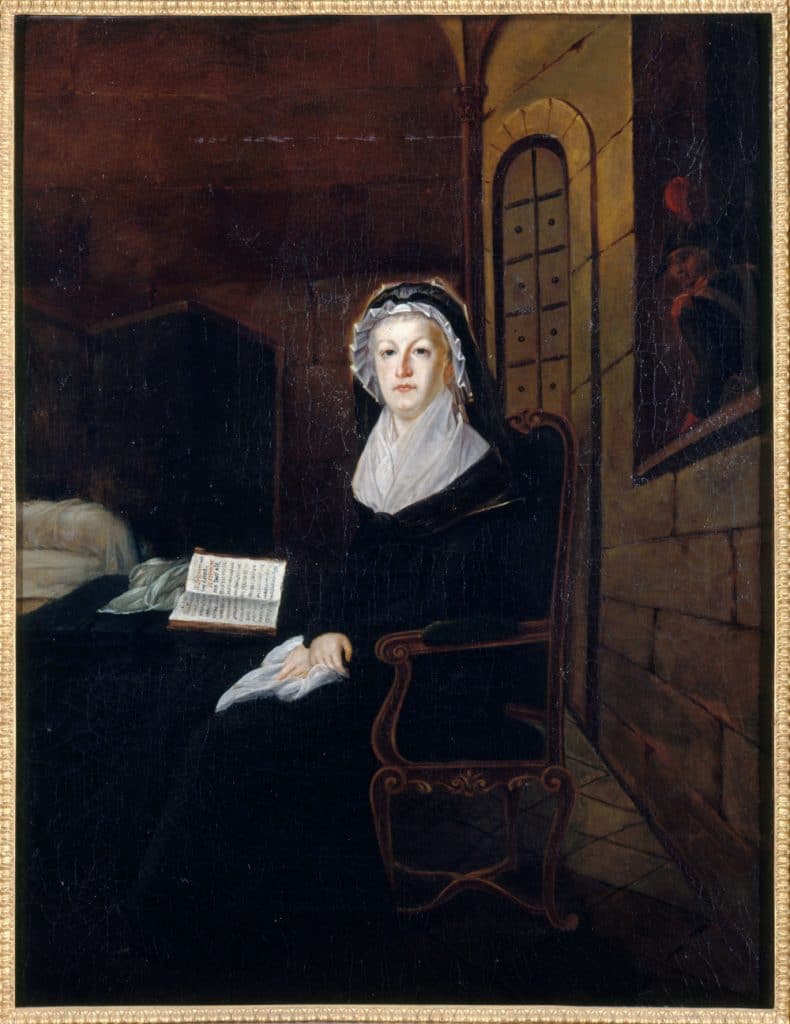
It is here where Queen Marie-Antoinette was held in prison, put on trial, and found guilty. After a two-day show trial, she was found guilty on all charges and condemned to death at the age of 36.
The tiny prison cells of the Conciegerie were a far cry from the palaces the Queen was used to. You can book a tour of the Conciegerie and read more about the Palais de la Cité here.
6. Château Royal d’Amboise
Château d’Amboise didn’t start off as a royal castle. The first castle here was built in the 10th century.
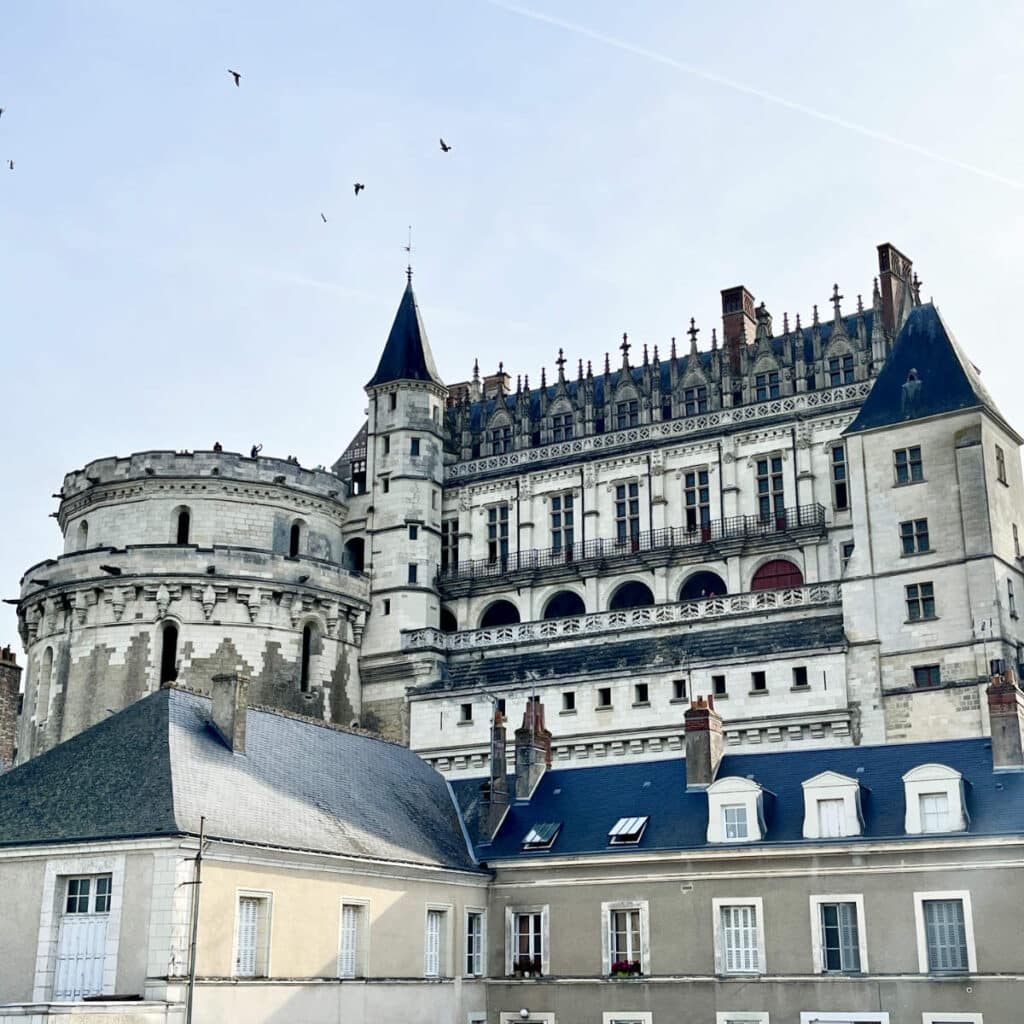
After King Charles VII seized the Chatêau from a wayward subject in 1434, the castle became a favorite of French royalty, with each generation adding and modifying the existing castle.
The Château was at the height of its renaissance however, when one of France’s most famous kings, François I, came to the throne. Born in nearby Cognac, he came to the château at 4-years old with his mother Queen Louise of Savoie in the early 16th century.
While François Ier didn’t spend all his time here (he preferred the Châteaux at Fontainebleau and Chambord), he did put up Da Vinci at a nearby residence Clos Lucé.
It is said that there was an underground passage between the Château d’Amboise and Clos Lucé for François I to visit his favorite artist as he pleased. (You can read more about the French Royal Family here.)
The castle began to decline after François I, at times becoming a prison, and being confiscated during the French Revolutions of 1789 and 1848.
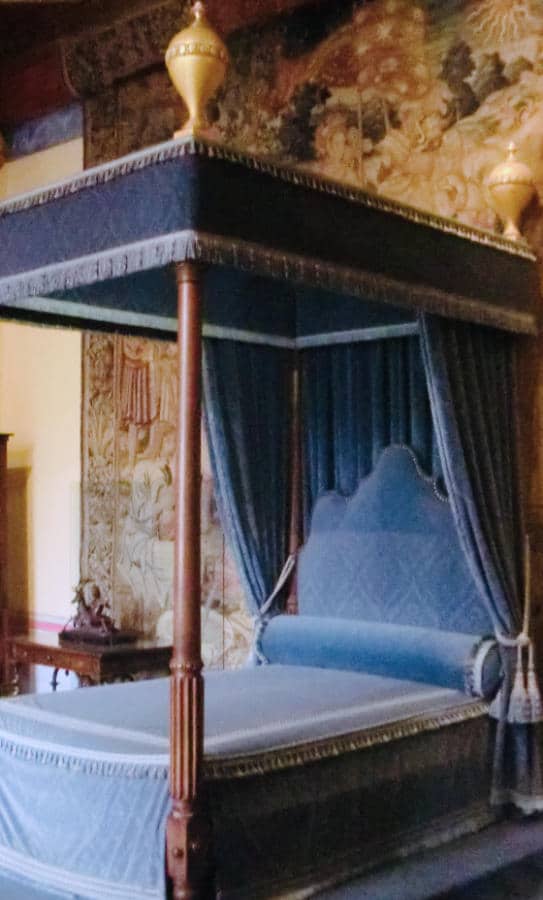
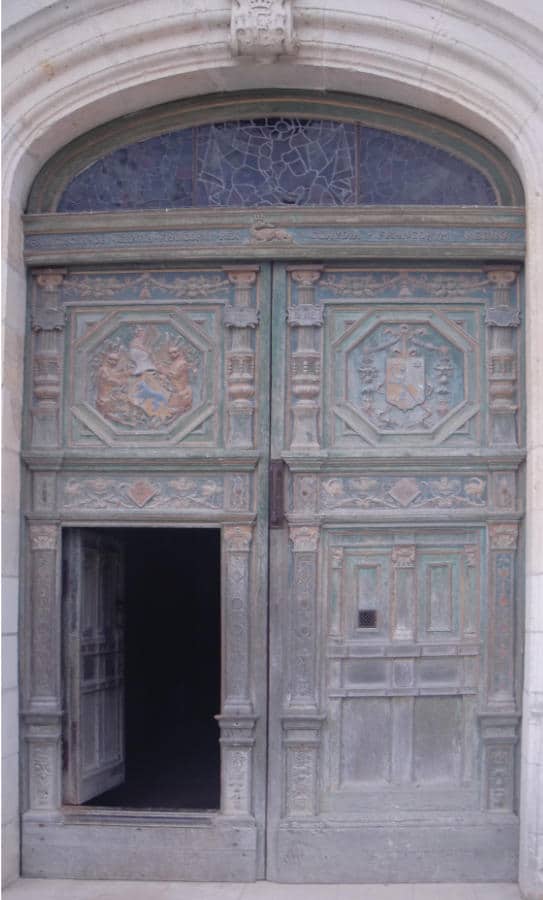
Today, It is a UNESCO world heritage site, and recognized as a historic monument. Inside of the Château has some objects from the time of François I, but years of plundering have meant that original furnishings are scarce.
The most impressive part of the castle is its 2 towers called Tour des Minimes and Tour Heurtault, which don’t have stairs inside, but instead a gentle slope. Because the castle is built directly on the banks of the Loire river, the gardens of the castle are on a terrace overlooking the quai.
The 2 circular towers have a large entrance directly on the quai where soldiers on horseback and even large carriages can enter mount up to where the garden terrace is. You can read more about visiting the Chateau d’Amboise here.
7. Château de Rambouillet
Located in the town of Rambouillet, in the Yvelines in the Île-de-France region, the Château de Rambouillet is not as famous as other royal castles around Paris.
It was a fortified manor dating back to the 14th century, owned through much of its history by various nobles and advisors to the French royal family.
As it happens, King François I died at the Château de Rambouillet, at the age of 52 in 1547, because he happened to be visiting there to hunt at his Captain of the Bodyguards who owned the château at the time.
It only became a royal château in 1783, when king Louis XVI bought it as private property from his cousin. Queen Marie-Antoinette, who accompanied her husband on a visit in November 1783, is said to have exclaimed: “How could I live in such a gothic toadhouse!”

In order to convince his wife to like his new acquisition, Louis XVI commissioned the construction of the renowned Laiterie de la Reine (meaning “the Queen’s dairy”), where the buckets were of Sèvres porcelain, and painted and grained to imitate wood.
It was taken over by the state during the French Revolution. Between 1896 and 2009, it was the summer residence of the Presidents of the French Republic, a respite from Paris and the Palais de l’Elysées.
These days, the Château de Rambouillet is open to visitors, with the Laiterie de la Reine being among its most popular attractions.
8. Palais du Luxembourg
Located on the edge of the 5th and 6th arrondissements of Paris, the stunning Jardin du Luxembourg and its palace is has been called the “backyard” of local Parisians. And in its center stands the former royal palace known as the Palais du Luxembourg.
When King Henri IV died in 1610, his Queen Marie de Médicis became a widow, she decided she had enough of the Palais du Louvre and the Palais des Tuileries.
Instead she bought the hotel particulier (private mansion) called the “Luxembourg” estate in 1612 and commissioned the construction of a new palace from the architect Salomon de Brosse, inspired by the Pitti palace in her native Florence, Italy.
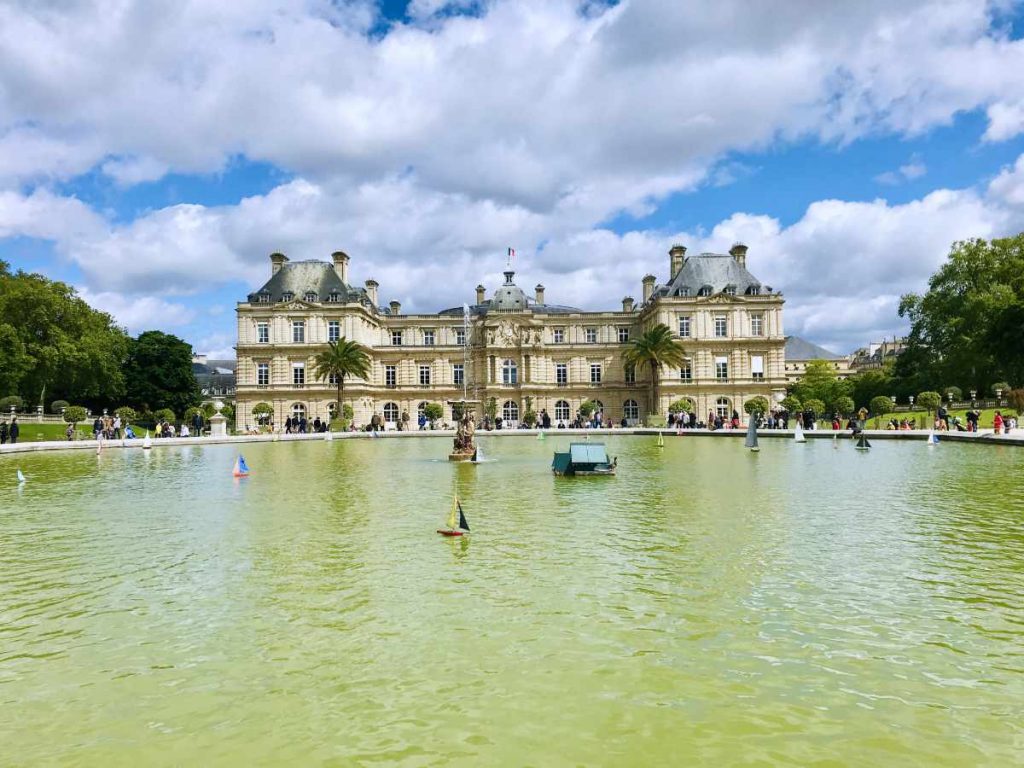
During the French Revolution, the palace was transformed into a prison where politicians and hundreds of other prisoners were detained there before their executions.
In 1799, Napoleon Bonaparte came to power and moved into the Luxembourg palace as as First Consul of France. Napoleon eventually declared himself emperor and moved on to bigger palaces, but he installed an assembly in the Palace du Luxembourg during his reign.
This royal palace continues to hold the assembly of the French Senate (Le Sénat). You can read more about the Jardins de Luxembourg and the Palace here.
9. Château de Blois
The original building here dated back to the 9th century owned by the Counts of Blois. In 1397, the Château Royal de Blois was given by King Charles VI of France to the Orléans family, a cadet branch of the royal family.
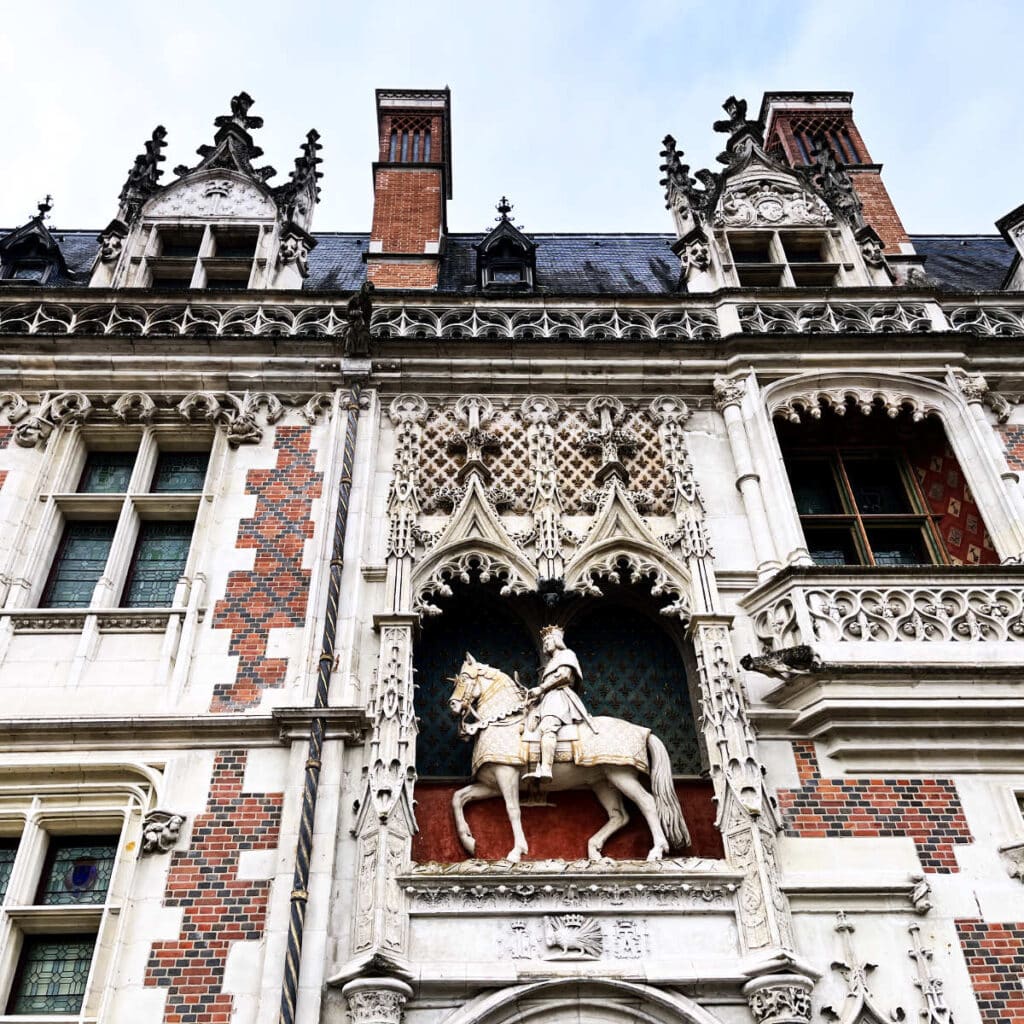
Notably, it was inherited by Charles d’Orléans, a royal prince and poet, who was captured at the Battle of Agincourt and imprisoned in England. He was held for 25 years as a hostage in England, and when he returned to his beloved Blois, he renovated much of the building.
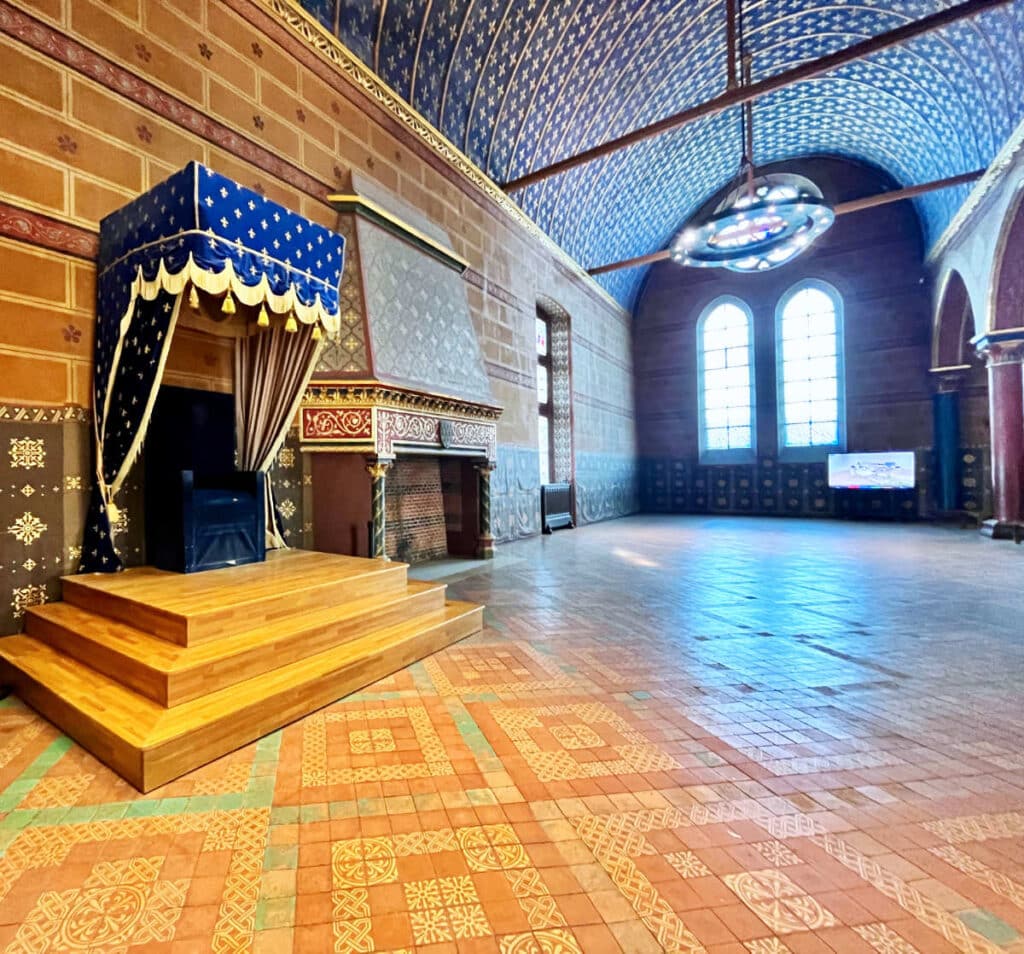
But it would be his son who would become King, Louis XII and his wife Anne of Brittany, and later his granddaughter Claude and her husband François 1er who would renovate much of the Château de Blois to what we see today.
With decorations spanning its history, the château is a must for any visitors to the city of Blois. You can read more about visiting the Château de Blois here.
10. Château de Chenonceau
One of the most beautiful châteaux in France, and the one everyone remembers is the Château de Chenonceau on the water. The Château spans the breath of the river Cher and immediately catches your eye with its elegance and majesty.
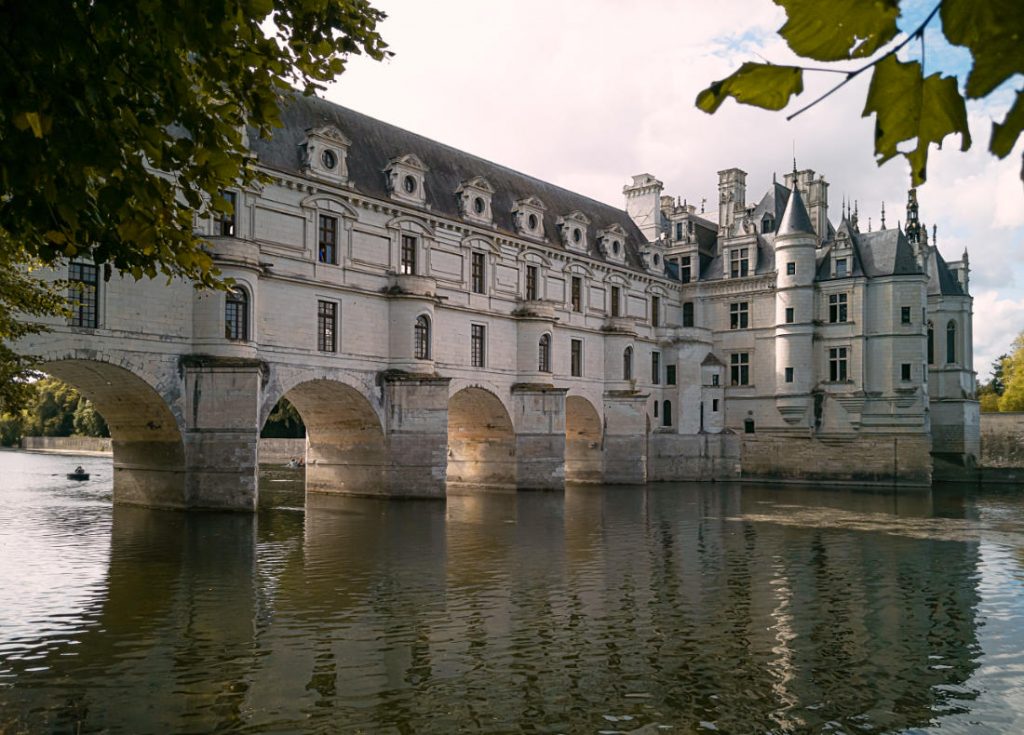
Château de Chenonceau became known as the Ladies’ castle or Queen’s castle, for all the impressive women who lived here. It became famous when it was given by King Henri II to his mistress Diane de Poitiers.
When Henri II died, his wife Queen Catherine de Medici took control and demanded Diane exchange Chenonceau for another castle, the “less prestigious” Château de Chaumont. The château continued to be resided in by women, including several princesses and queens of France.
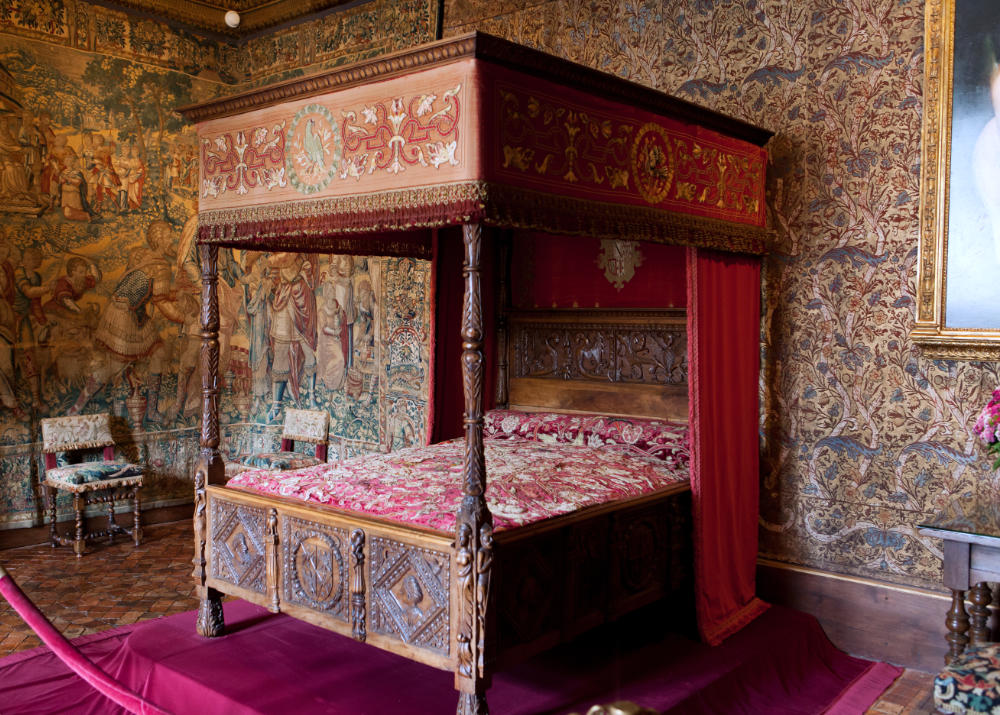
During WWII, the opposing shores of the river Cher marked the demarcation line between the German-controlled French territory and Free France. The Château de Chenonceau, which had its entrance in the occupied Right Bank and the bridge gallery on the free Left Bank was used to pass large numbers of refugees and fighters into the free zone.
You can read more about the Château de Chenonceau and see the tour options to the Château here.
11. Château de Saint-Germain-en-Laye
One of the more discreet royal châteaux in France is the Château de Saint-Germain-en-Laye, in the Paris suburb of the Yvelines. The first castle here was named the Grand Châtelet and was built on the site by Louis VI in 1124.
The castle was later expanded by Saint Louis IX in the 1230s, who also constructed an elegant chapel here.

It was in this chapel in Saint-Germain-en-Laye in 1238 that Baldwin II of Constantinople presented Louis with the relic of the crown of thorns that he had purchased. They were kept here until the Sainte-Chapelle in Paris was consecrated in April 1248.
The Sun King Louis XIV was born at Saint-Germain-en-Laye in 1638, and he renovated the château and gardens using famed architect André Le Notre and the same team he stole from Nicolas Fouquet’s Château de Vaux le Vicomte. (However, they all soon turned their attention to their new project, the Château de Versailles.)
Instead the Sun King turned the château over to King James II of England after his exile from Britain in the Glorious Revolution of 1688. It became a military facility, and then a museum of archeological objects in the 19th century.
During the WWII, the château served as the headquarters of the German Army in France. Today, it is one of the foremost museums of archeology in France, including finds from the Paleolithic, Celtic, Roman, and Merovingian times.
12. Château de Vincennes
Located on metro line 1 on the edge of Paris is the Château de Vincennes. It is a former fortress and royal residence in the eastern of the city, alongside the Bois de Vincennes.
In the early Middle ages, this was the preferred royal residence, after the Palais de la Cité in the middle of Paris. Because of its fortifications, the château was often used for military purposes and even a prison.
Prisoners included the future King Henry IV, Nicolas Fouquet (from Vaux le Vicomte), and the writer Denis Diderot. The Marquis de Sade was also held there from 1777 to 1784, before being moved to the prison at Bastille.
It was occupied by German forces during WWII and damaged as they withdrew, setting off bombs. In 1948 the Chateau became the headquarters of France’s Defence Historical Service to keep military records and maintain a museum.
Inside the Château, you can also find the Sainte-Chapelle de Vincennes, the royal chapel of the residence, was built on the model of the Sainte Chapelle in Paris, though this chapel has a single level, rather than two.
13. Palais Royal
Located in the 1st arrondissement of Paris, the Palais-Royal is today a series of government offices. It consists of several buildings which are interconnected, with a foreground courtyard, and a larger garden courtyard all within the premises.
The original Palace was not for a King but for the powerful Cardinal Richelieu, who was an advisor and First Minister to Louis XIII in the 17th century. As the Catholic Cardinal was not allowed to marry or have children, the property ceded to the King after his death in 1642.
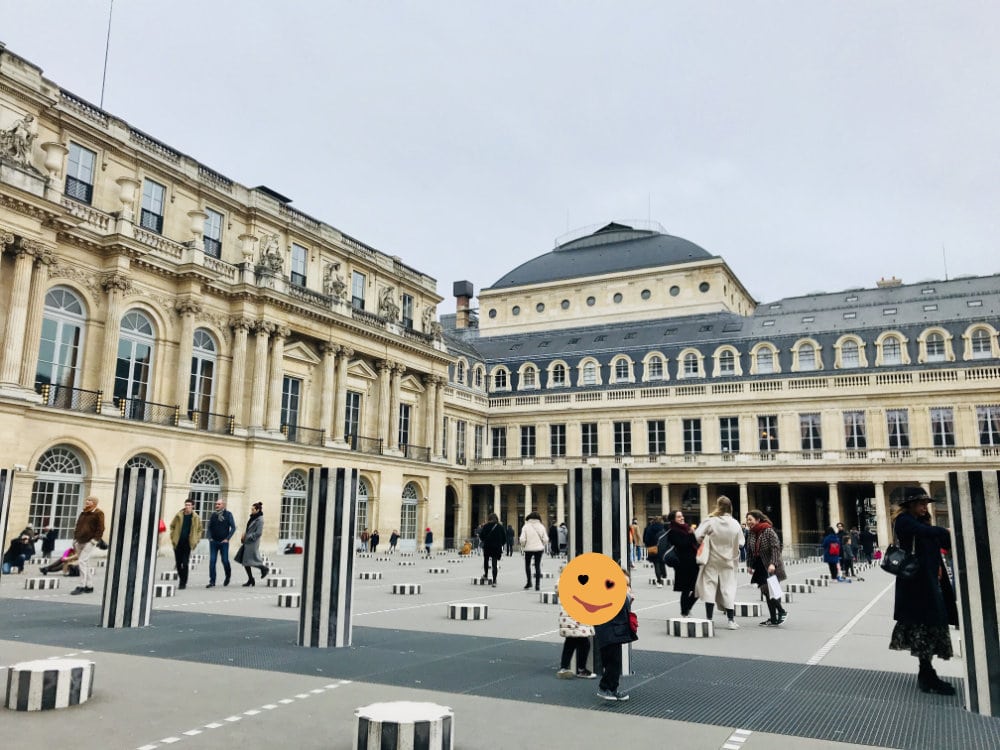
It would become the home of 5-year-old Sun King Louis XIV who ascended to the throne upon the death of his father Louis XIII in 1643. His mother Anne of Austria, who was regent, believed that it would be a more accommodating home for children, than the over-grand Palais du Louvre.
But it was a tumultuous time, and at one point the 12-year old Louis and his mother were held prisoner at Palais Royal until they conceded to certain demands of the frondeurs. As an adult he shunned the palace, building a grand palace in Versailles instead.
Today, within the inner courtyard Cour d’Honneur of the Palais Royal in Paris is the art installation by Daniel Buren, called the Colonnes de Buren. It was controversial when it was installed in the 1980s, but today it is on every Instagrammer’s must-do list.
Entrance is free and you can read more about the Palais Royal here.
14. Château de Chinon
The Château de Chinon was a royal castle, not for the French but the English crown. In 1156 King Henry II of England, took the castle from his brother Geoffrey, Count of Nantes who had inherited it as a member of the House of Anjou.
King Henry II was a descendant of William the Conqueror, Duke of Normandy and married to Eleanor, Duchess of Aquitaine, and together they claimed a large portion of the west coast and center of France.
Henry II like the Château de Chinon so much, he expanded it and actually even died here. Their sons King Richard the Lionheart and King John Lackland also both ruled here. It was the 100 years war, and French King Philippe August managed to seize it after a 9 month seige in 1205.
The future French King Charles VII settled there, and it was there on February 25, 1429 that Joan of Arc came to offer her support support him in the reconquest of the kingdom. She said to him: “Gentle Dauphin, I tell you on behalf of Lord God that you are the true heir to the throne of France”.
Later, King Philip IV accused the Knights Templar of heresy during the first decade of the 14th century and several leading members of the order were imprisoned there. It continued alternate between a royal residence and a prison, eventually falling into disrepair.
Today it is a historic monument and museum, with exhibitions inside of Joan of Arc, Eleanor of Aquitaine and other famous royals of its illustrious history.
15. Château de Tours
Constructed in the 11th century in the city of Tours, the Château de Tours stands just footsteps away from the historical Cathedral of Tours. Unlike the newer and ornamental Renaissance châteaux of the Loire, the Château de Tours is a medieval fortress that was built to defend.
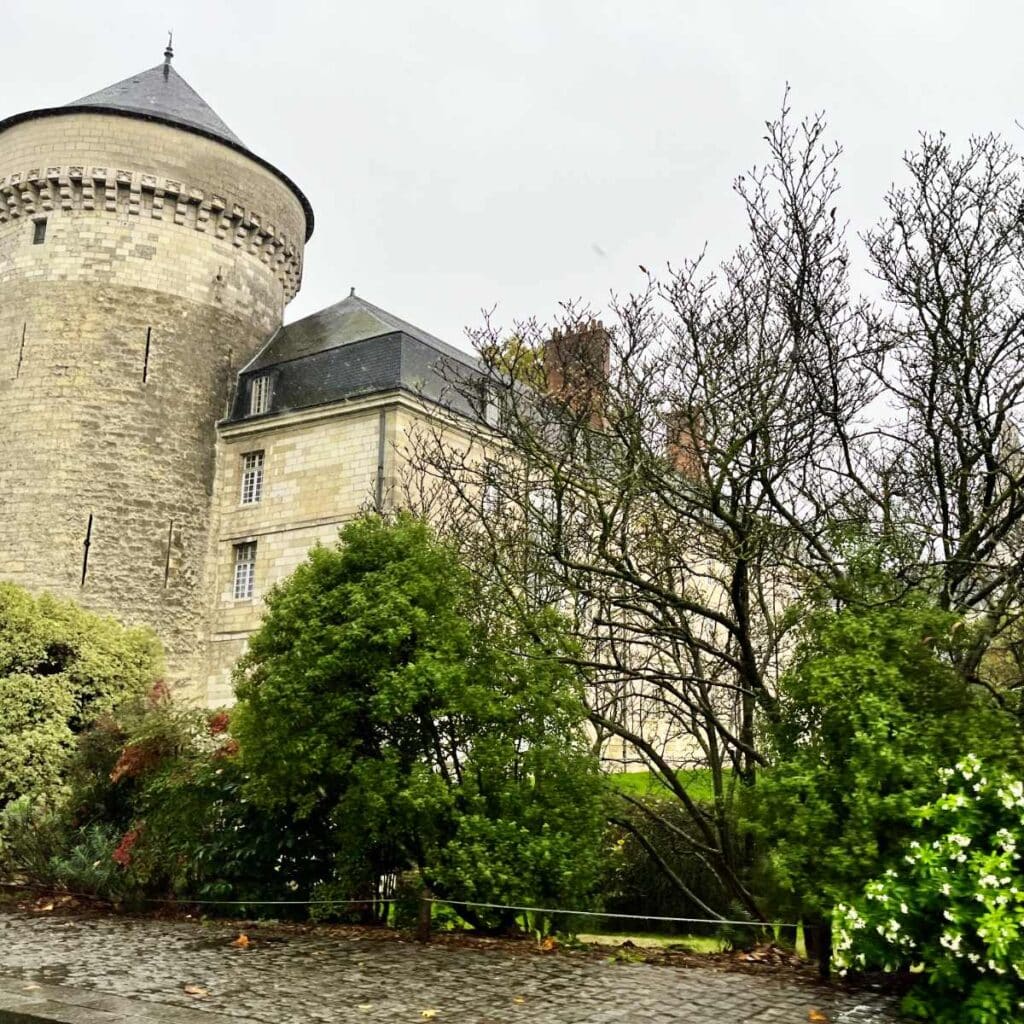
The castle was damaged during the struggles between the King of France Philippe Auguste and Richard Coeur de Lion at the end of the 12th century.
It was almost completely destroyed in the 18th century, with only two medieval towers remaining. A newer wing to the château was added later. These days it is an events and cultural space, holding temporary exhibitions with paintings, sculptures, engravings, drawings, photography, and video.
16. Château Royal de Cognac
The Château de Cognac was built in the 10th century by the lords of Cognac, before being rebuilt in stone by the Counts of Angoulême in the 12th century. It was here in Cognac that English King Richard the Lionheart married Amélie de Jarnac, daughter of Ithier V de Cognac, putting the castle in Plantagenet control.
The château changed hands several times during the 100 Years wars, before finally being given to John de Valois and Orleans, Count of Angoulême after he returned from a 33 year captivity in England.

His son Charles de Valois and his wife Duchess Louise de Savoie, gave birth there to one of France’s most famous kings, François I. (The castle alternatively called Château de Valois or Château François in guidebooks, as François I was also the Duke of Valois.)
The château today, however, is more than just a historical castle. It is also a working distillery. The castle fell into ruins in the 17th and 18th centuries and was purchased by a local distiller named Baron Otard in 1795 as a base for his distillery. Baron Otard would go on to produce some fine bottles of the digestif cognac, and use his fortune to restore the castle.
These days when you visit, you can take a guided tour of the historical château, visit the distilleries, and finish it off with a dégustation (tasting).

If you enjoyed that article, you may like to read more about the top incredible churches across France. A bientôt!


